Did you know that Iran is one of the world’s top exporters of ceramic tiles and natural stones, with an annual export value exceeding $500 million? This staggering figure reflects not only the country’s rich geological resources but also its centuries-old tradition of craftsmanship. From the intricate mosaics of ancient Persian palaces to the modern, sleek tiles adorning contemporary buildings, Iranian ceramic tiles and stones have long been celebrated for their quality, beauty, and durability. But what does the future hold for this industry in the global market? In this comprehensive article, we delve into the current state of the global markets for Iranian ceramic tiles and stones, analyze key trends, and explore the opportunities and challenges that lie ahead. Whether you’re an industry professional, an investor, or simply curious about global trade, this analysis offers practical insights into one of Iran’s most promising export sectors.
Why Iranian Ceramic Tiles and Stones Matter
Iran’s ceramic tiles and stones are more than just building materials; they are a testament to the country’s cultural heritage and industrial prowess. With a history that dates back over 3,000 years, these products have evolved from artisanal crafts to high-tech industrial goods, meeting the demands of both domestic and international markets. Today, Iran’s ceramic tile industry ranks among the top five globally, while its natural stone sector boasts some of the world’s most sought-after varieties, such as travertine and marble. Understanding the dynamics of these markets is crucial for anyone looking to tap into the potential of this vibrant industry.
Current State of the Global Market for Iranian Ceramic Tiles
Iran’s ceramic tile industry has experienced significant growth over the past decade, driven by advancements in technology, increased production capacity, and a strategic focus on exports. Let’s take a closer look at the current market landscape.
Production and Export Statistics
According to the Iranian Ministry of Industries, the country produced over 700 million square meters of ceramic tiles in 2023, with exports accounting for approximately 200 million square meters. This represents a 15% increase from the previous year, highlighting the industry’s robust growth. Key export destinations include Iraq, Afghanistan, Pakistan, and Central Asian countries, with emerging markets in Africa and Southeast Asia showing increasing demand.
Competitive Advantages
Iranian ceramic tiles are renowned for their quality, affordability, and unique designs. The country’s abundant raw materials, such as clay and silica, provide a cost advantage, while its skilled workforce ensures high standards of craftsmanship. Additionally, Iran’s strategic location offers logistical benefits for exporting to neighboring regions. These factors combined make Iranian tiles highly competitive in the global market.
Market Trends and Consumer Preferences
Recent trends indicate a growing preference for eco-friendly and sustainable building materials. Iranian manufacturers have responded by adopting greener production methods, such as using recycled materials and reducing energy consumption. Furthermore, there is a rising demand for large-format tiles and digital printing technology, which allows for more intricate and customizable designs. By staying attuned to these trends, Iranian producers can maintain their competitive edge.
The Global Market for Iranian Natural Stones
Iran’s natural stone industry is equally impressive, with the country being home to some of the world’s largest reserves of marble, travertine, and granite. This section explores the current market dynamics for Iranian stones.
Types of Stones and Their Applications
Iranian natural stones are prized for their diverse range and exceptional quality. Key varieties include:
- Travertine: Known for its warm, earthy tones and porous texture, travertine is popular for both indoor and outdoor applications, such as flooring, cladding, and landscaping.
- Marble: Iranian marble, particularly from regions like Azarshahr and Dehbid, is celebrated for its purity and unique veining patterns. It is widely used in luxury construction projects.
- Granite: With its durability and resistance to wear, Iranian granite is a preferred choice for countertops, flooring, and monuments.
These stones are not only used in construction but also in decorative arts, such as sculptures and mosaics, further enhancing their market appeal.
Export Markets and Growth Potential
Iran’s natural stone exports have seen steady growth, with major markets including China, Italy, Turkey, and the United Arab Emirates. In 2023, the country exported over 1.5 million tons of natural stones, generating approximately $300 million in revenue. The growth potential is significant, particularly in markets like India and Russia, where demand for high-quality stones is on the rise.
Challenges and Opportunities
While the natural stone sector holds great promise, it faces challenges such as outdated extraction methods, limited access to modern machinery, and environmental concerns. However, opportunities abound, especially with the global shift towards sustainable and ethically sourced materials. By investing in technology and adopting best practices, Iranian stone producers can enhance their competitiveness and tap into premium markets.
Key Drivers of Growth in Global Markets
Several factors are driving the growth of Iranian ceramic tiles and stones in the global market. Understanding these drivers is essential for stakeholders looking to capitalize on emerging opportunities.
Urbanization and Infrastructure Development
Rapid urbanization and infrastructure development in emerging economies are fueling demand for construction materials. Countries in the Middle East, Africa, and Southeast Asia are investing heavily in residential, commercial, and public infrastructure projects, creating a steady demand for tiles and stones. Iran’s proximity to these regions positions it as a key supplier.
Rising Disposable Incomes and Aesthetic Preferences
As disposable incomes rise, consumers are increasingly willing to invest in high-quality, aesthetically pleasing building materials. Iranian tiles and stones, with their unique designs and cultural heritage, appeal to consumers seeking to add a touch of elegance and authenticity to their spaces.
Technological Advancements
Advancements in production technology have enabled Iranian manufacturers to improve efficiency, reduce costs, and enhance product quality. Innovations such as digital printing, automated cutting, and energy-efficient kilns have not only boosted productivity but also allowed for greater customization, meeting the diverse needs of global customers.
Government Support and Trade Policies
The Iranian government has implemented policies to support the export sector, including subsidies for raw materials, tax incentives, and participation in international trade fairs. Additionally, trade agreements with neighboring countries have facilitated smoother export processes, further bolstering the industry’s growth.
Challenges Facing the Industry
Despite the positive outlook, the Iranian ceramic tile and stone industry faces several challenges that could impact its future growth. Addressing these issues is crucial for sustaining long-term success.
Economic Sanctions and Trade Barriers
International sanctions have historically posed significant challenges for Iranian exporters, limiting access to global markets, foreign investment, and advanced technology. While some sanctions have been lifted, the uncertainty surrounding future trade policies remains a concern. Diversifying export markets and exploring alternative trade routes could help mitigate these risks.
Competition from Global Players
The global market for ceramic tiles and stones is highly competitive, with major players like China, Italy, Spain, and Turkey dominating various segments. To stay competitive, Iranian producers must focus on differentiation, whether through unique designs, superior quality, or competitive pricing.
Environmental and Sustainability Concerns
The production of ceramic tiles and stones is resource-intensive, raising concerns about environmental impact. Issues such as water usage, energy consumption, and waste management need to be addressed. Adopting sustainable practices, such as using recycled materials and renewable energy, can not only reduce the industry’s carbon footprint but also appeal to eco-conscious consumers.
Infrastructure and Logistics
Inefficient transportation networks and bureaucratic red tape can delay shipments and increase costs, making it harder for Iranian exporters to meet international delivery schedules. Investing in modern logistics infrastructure and streamlining export procedures could enhance the industry’s competitiveness.
Future Prospects and Opportunities
Looking ahead, the future of Iran’s ceramic tile and stone exports appears bright, with several opportunities on the horizon. By leveraging its strengths and addressing challenges, the industry can achieve sustained growth.
Expanding into New Markets
While Iran has strong ties with neighboring countries, there is untapped potential in markets like Russia, India, and Southeast Asia. These regions are experiencing rapid urbanization and construction booms, creating demand for quality building materials. By diversifying its export destinations, Iran can reduce its reliance on traditional markets and mitigate risks associated with regional instability.
Embracing Digitalization and E-Commerce
The rise of e-commerce presents a unique opportunity for Iranian exporters. Online platforms allow manufacturers to reach a global audience directly, bypassing traditional distribution channels. Investing in digital marketing and creating user-friendly websites could help Iranian companies showcase their products to international buyers.
Innovation in Design and Technology
Continued innovation in design and technology will be key to staying competitive. For ceramic tiles, this could mean exploring new materials, such as antibacterial or self-cleaning tiles, or adopting advanced manufacturing techniques like 3D printing. In the stone sector, investing in precision cutting and polishing technologies can enhance product quality and appeal.
Sustainability as a Competitive Advantage
As global awareness of environmental issues grows, sustainability is becoming a key differentiator in the market. Iranian producers can gain a competitive edge by adopting eco-friendly practices, such as using renewable energy sources, reducing water consumption, and obtaining certifications for sustainable production. This not only meets regulatory requirements but also attracts environmentally conscious consumers.
Conclusion
Iran’s ceramic tile and stone industry is at a crossroads, with a rich heritage and a promising future. The global market offers immense opportunities for growth, driven by urbanization, rising incomes, and technological advancements. However, challenges such as sanctions, competition, and environmental concerns must be addressed to ensure long-term success.

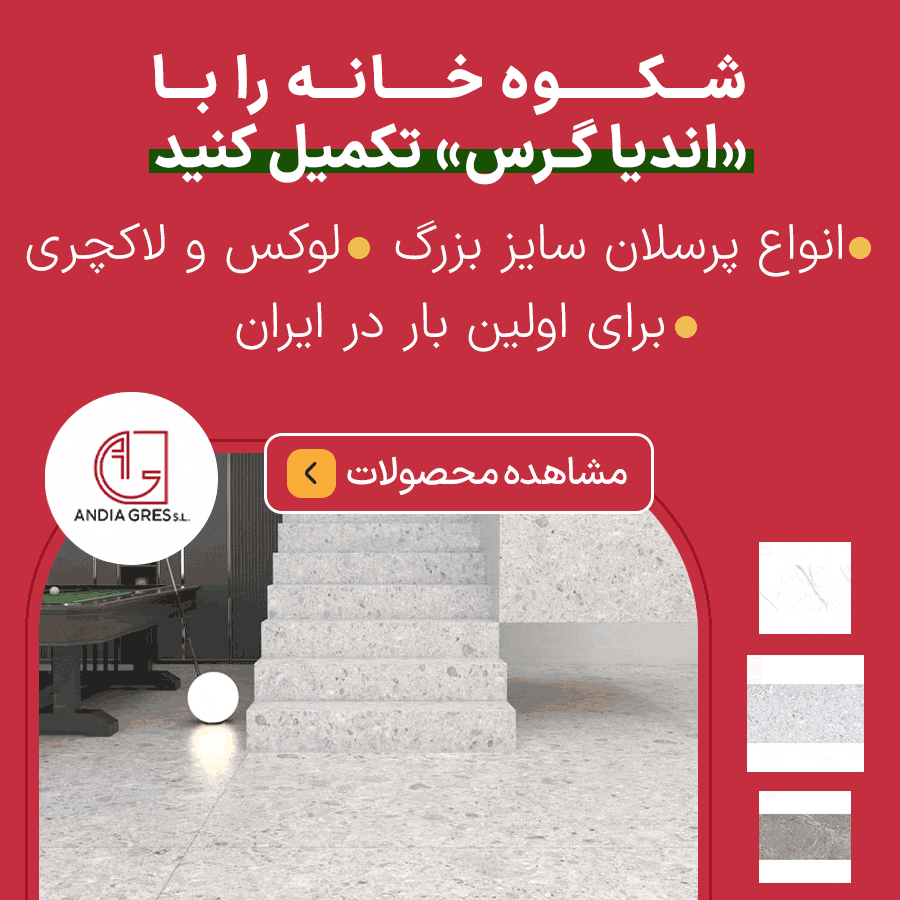
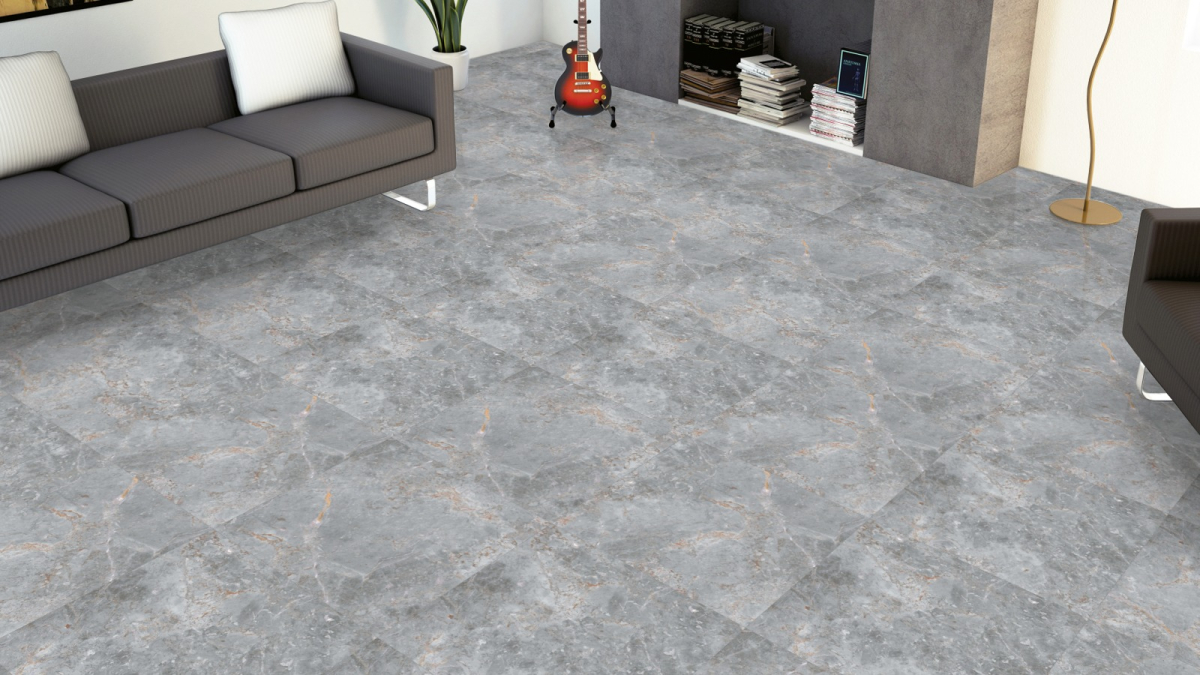
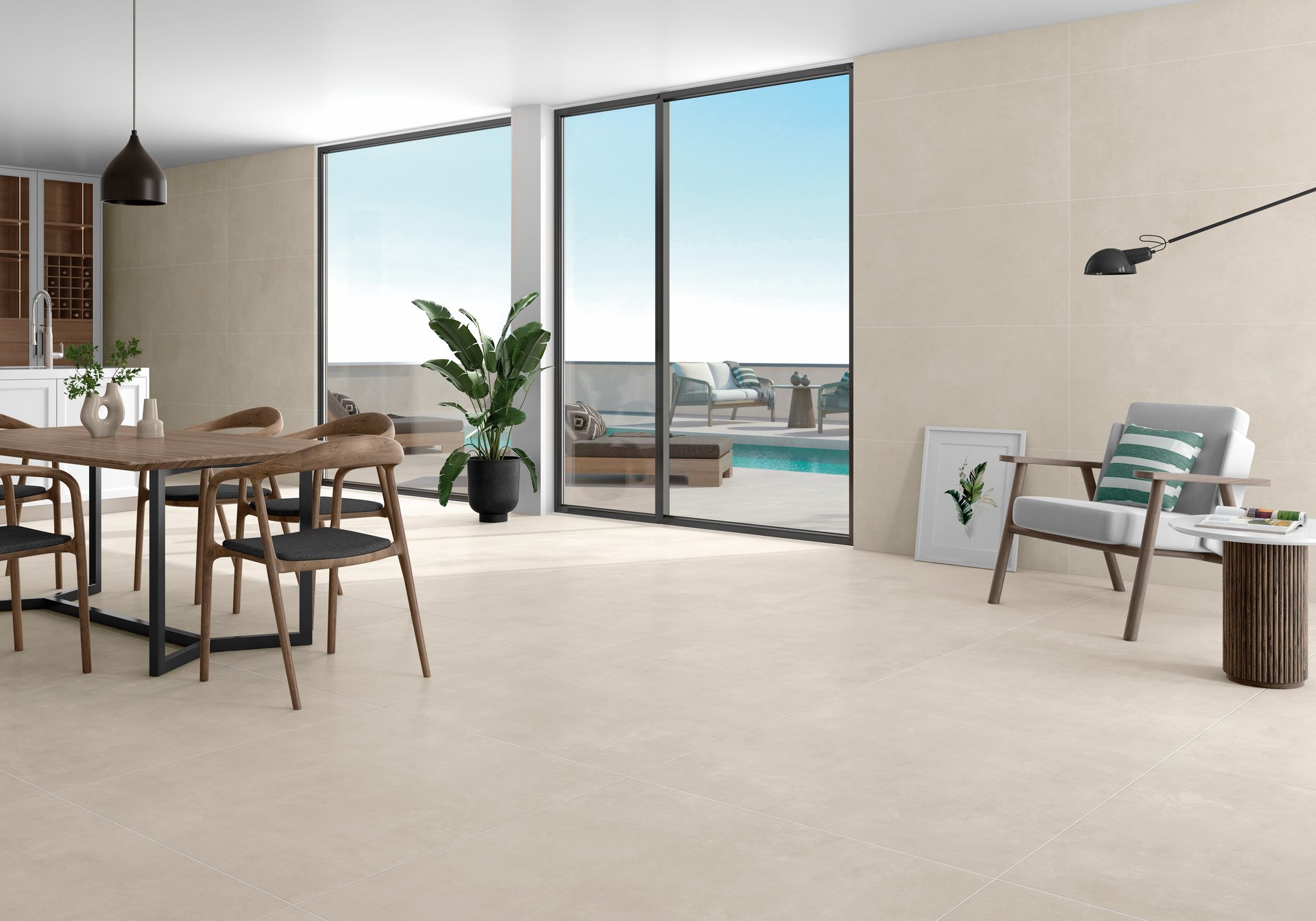

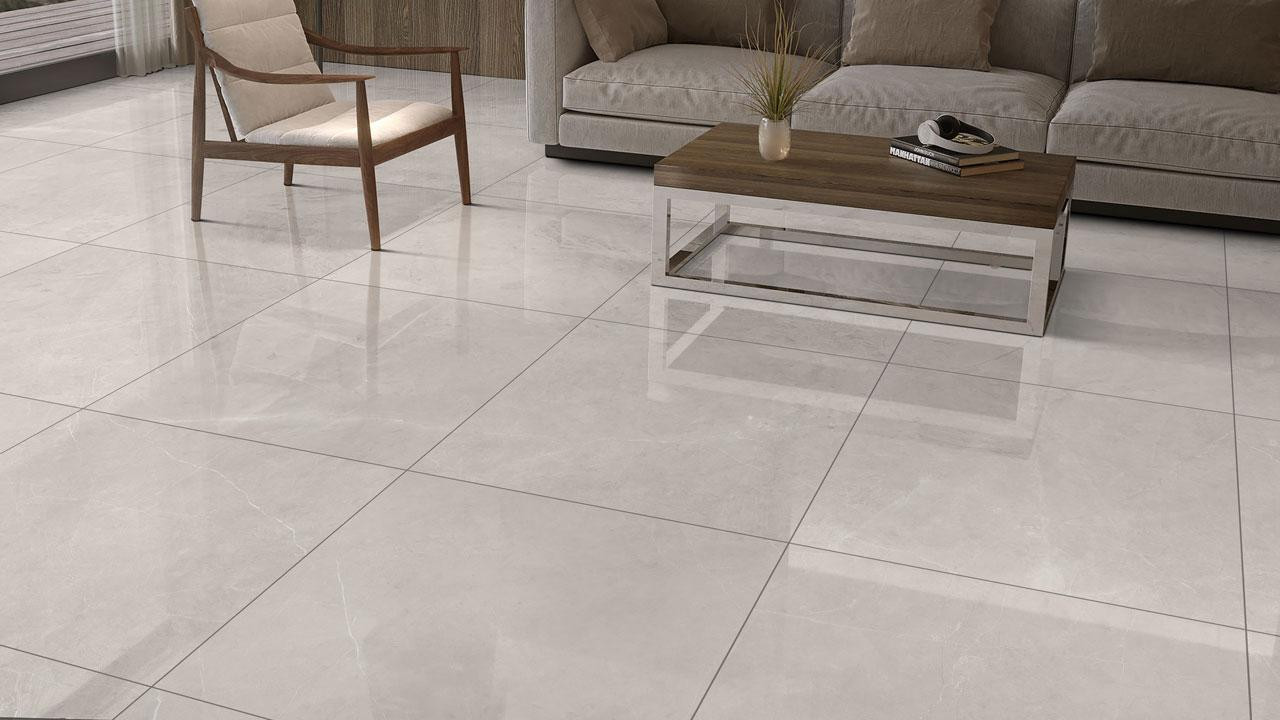
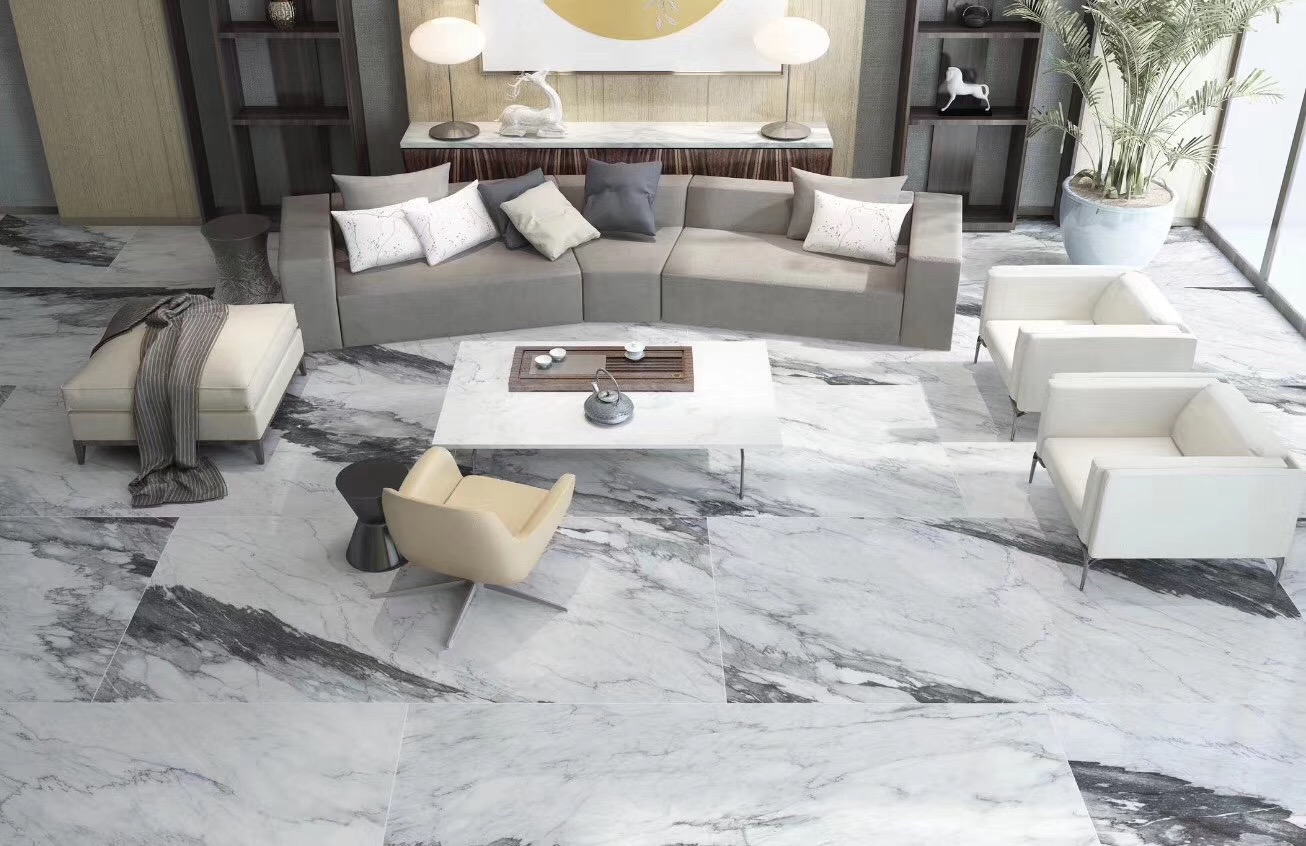
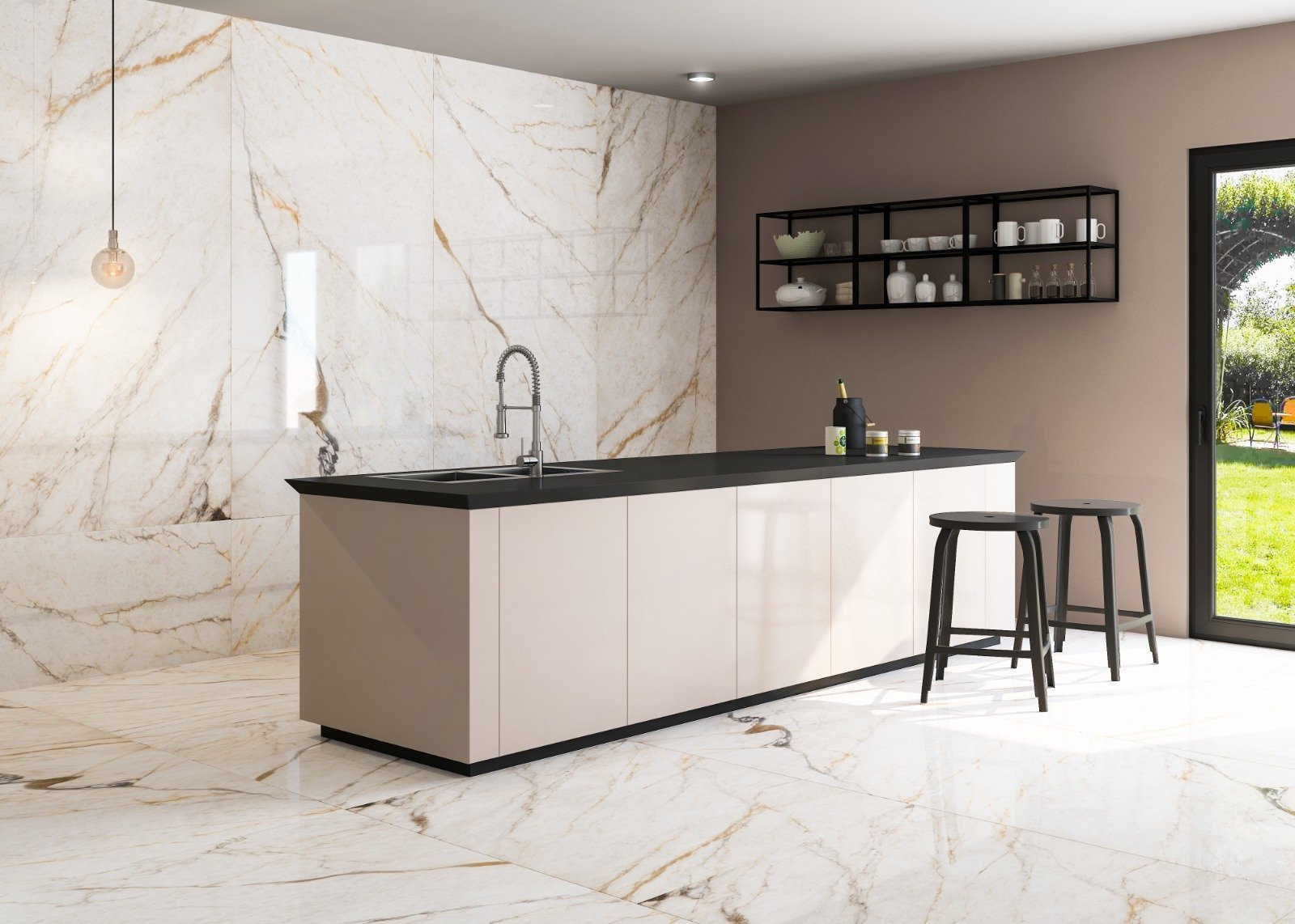

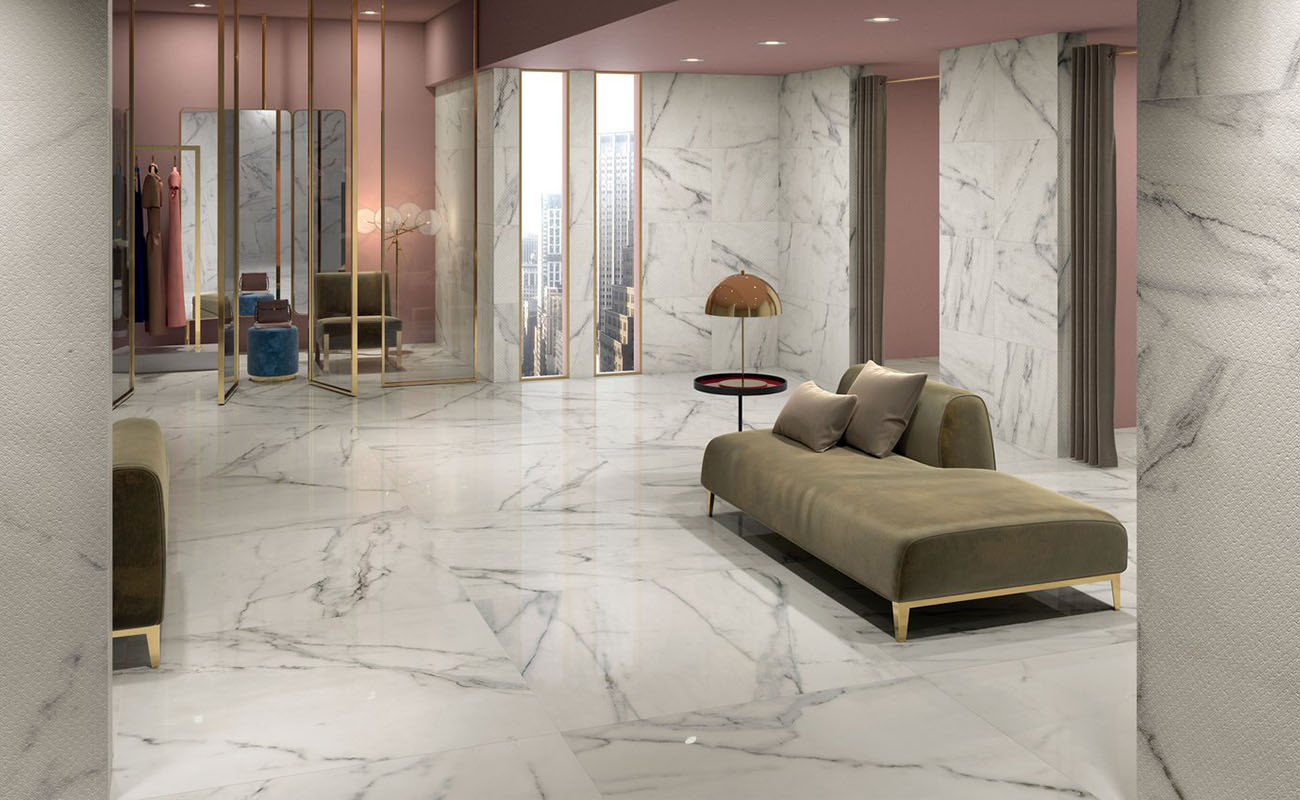
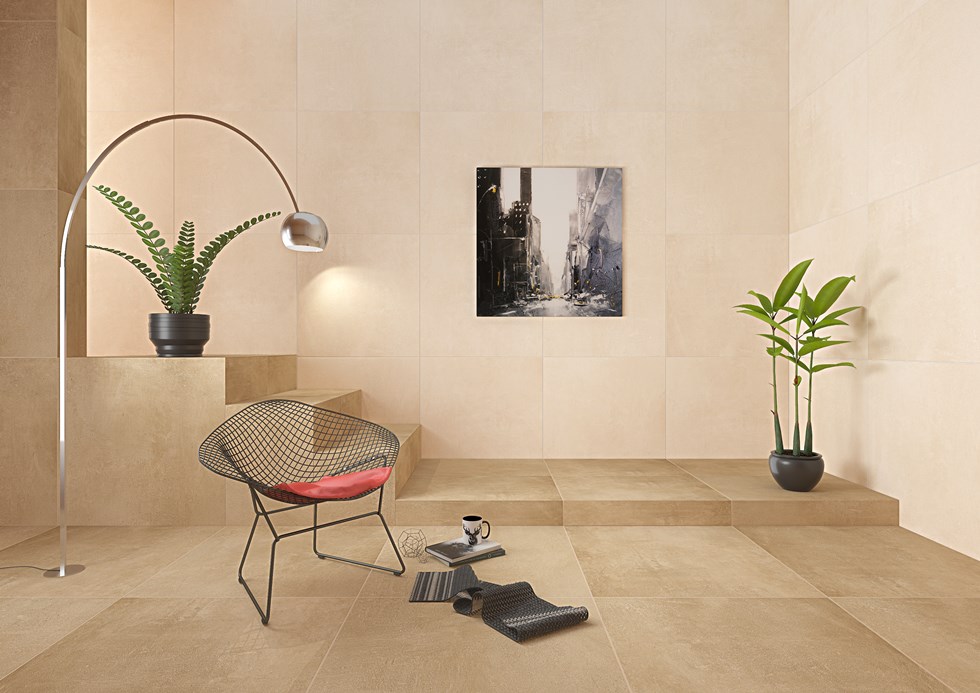




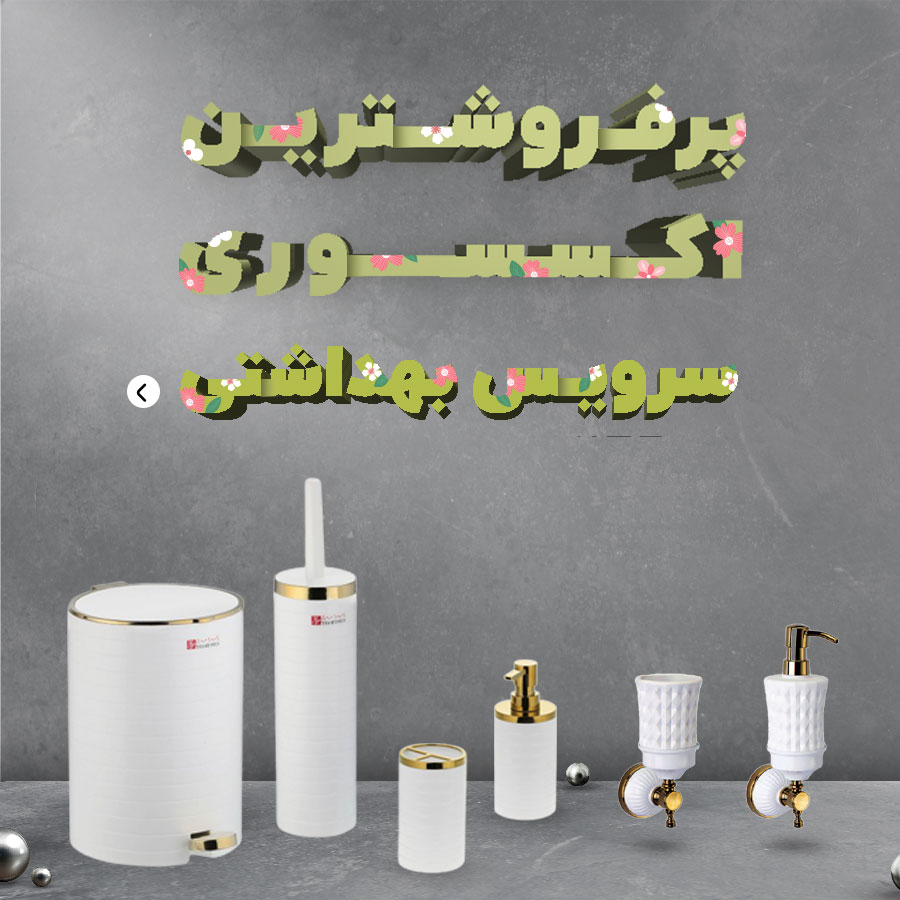

نظرات ۰